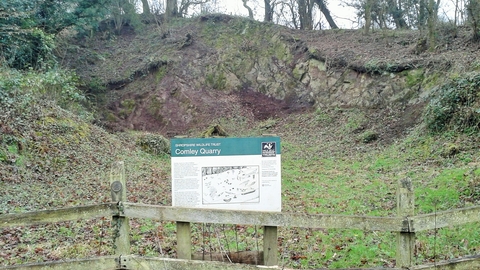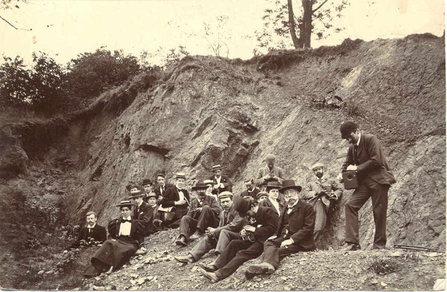
Comley Quarry
Know before you go
Dogs
When to visit
Opening times
Open at all timesBest time to visit
April to JulyAbout the reserve
Small but awesome, Comley Quarry has little in the way of wildlife but is a holy place for geologists. Britain’s earliest trilobites were discovered here in the 1880's – an astounding glimpse into the past some 550 million years ago.
Comley is known internationally as a reference section against which Cambrian rocks of similar age across the world are compared. Fossil hunting is not permitted here, but look into this tiny amphitheatre and reflect on the ancientness of the world and all the vanished creatures that once lived in it.
The most important ecological aspect of the site is the occurrence of Dormice (Muscardinus avellanarius), whose presence has been determined by food signs.
Directions to Comley Quarry
Approach Comley from the A49, turning off either at Leebotwood or north of Church Stretton towards Cardington. Parking is awkward but possible.
The nearest car park is Church Stretton train station, SY6 6PG, which is free to use.
Contact us
Location map

Charles Lapworth and geology students on a field trip to Comley Quarry in 1896.
Become a member and support our work
The vital work we do for nature depends on the support of people who care about the future of Shropshire's wildlife and wild places.
